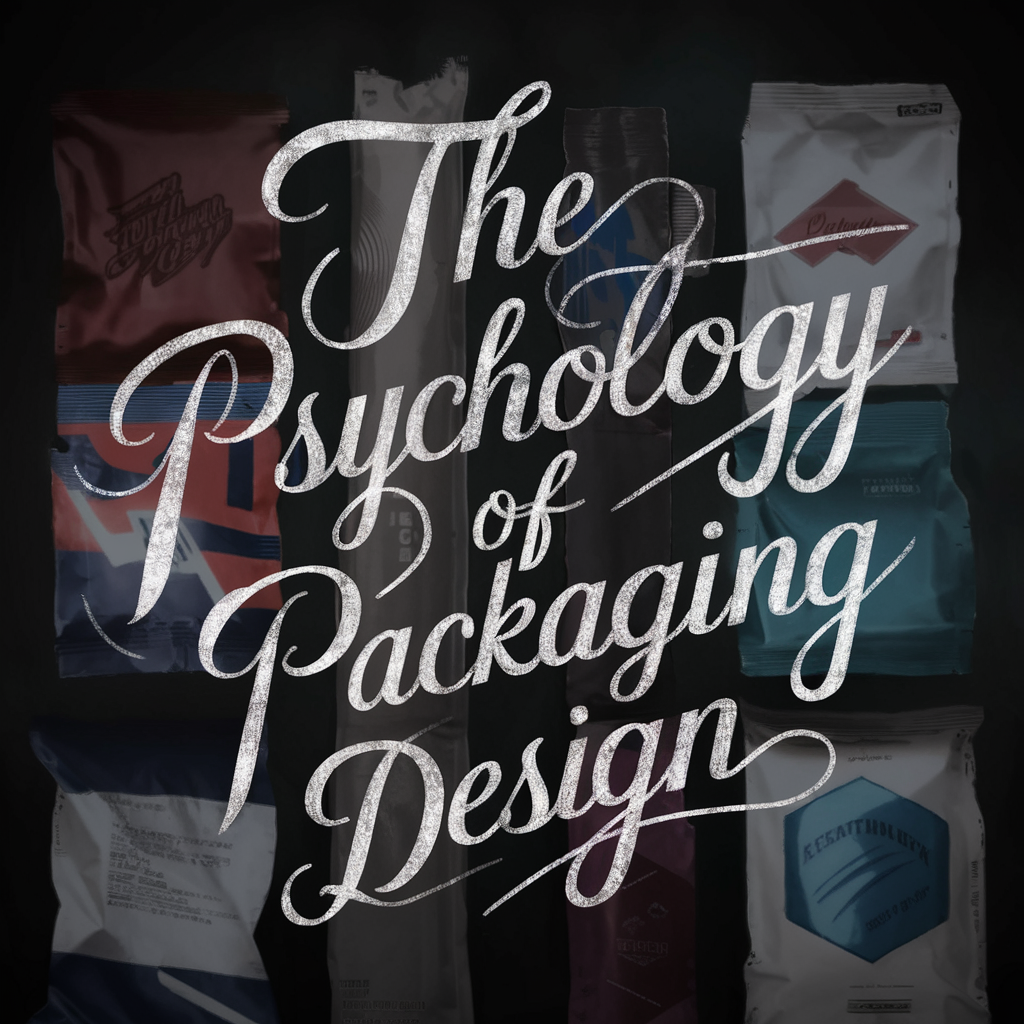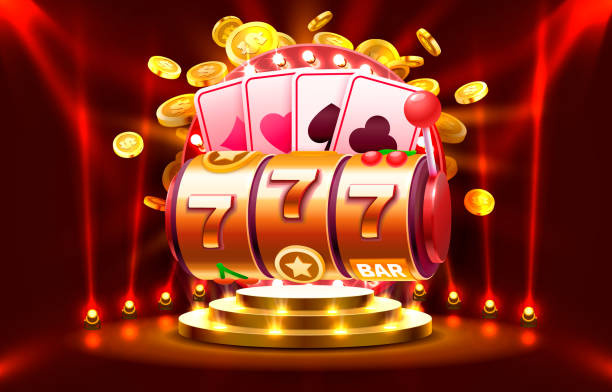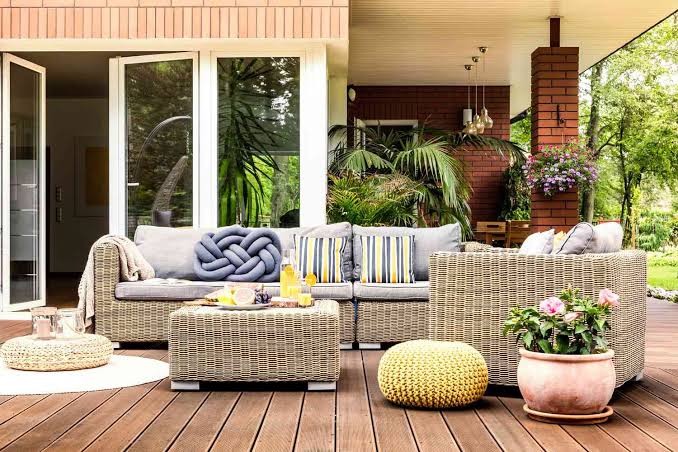Did you know that customers can form an opinion about a product in seven seconds, only because of its packaging? Yeah, that’s the power of packaging psychology in action. By carefully considering colors, fonts, images, prints, and other design elements, you can subconsciously influence consumer decisions and drive more sales.
This article is a complete guide on everything you need to know about the psychology of packaging designs. You will see how psychology plays a role in the packaging we see every day, and how it affects what customers choose to buy. Furthermore, we’ll guide you on how to make the best mockups, using platforms like Yellow Images for creative templates.
Let’s get into business!
The Color Psychology
Have you noticed red, orange, and yellow hues are common among food brands? That’s not a mere coincidence! Psychology backs it up! Studies have shown that red increases heart rate and stimulates appetite. This makes it perfect for grabbing attention and pushing impulsive purchases of food. Also, orange and yellow are usually associated with warmth, energy, and happiness, which enhances the appeal of consumable products.
That’s just an example of the way colors work.
Now you see that people’s perception of color is more than what meets the eye, let’s explore the impact of some color categories:
- Warm Colors (Red, Orange, Yellow)
As mentioned earlier, red orange, and yellow hues boost energy and excitement. Red, with its ability to increase heart rate, and orange and yellow with their ability to evoke warmth, happiness, and optimism is a popular choice for snacks and food packaging, urging impulsive purchases. Thus, these colors are ideal for catching the eye of younger demographics on products like kids’ books, clothes, markers, tasty treats, etc.
- Cool Colors ( Blue, Green, Purple)
Cool colors like blue and green speak of calmness, trust, and security. This is why blue is a popular choice for water bottles, as it subconsciously associates the product with purity and refreshment. Also, green is usually used for healthcare products and organic food brands, creating a sense of safety and natural well-being.
- Neutral Colors (Black and White)
Many brands usually ignore these colors when creating their product packaging design. Some brands only use it to print instructions on the package. However, don’t underestimate the power of these neutrals! Black exudes elegance, luxury, and a timeless appeal, which is why it is often used in high-end beauty products. White signifies purity, simplicity, and minimalism, justifying why tech gadgets use them.
By understanding the color language, you can create packaging that represents your brand and triggers your target audience’s emotions.
How Fonts Speaks Volumes on Your Packaging
Just like colors, fonts are vital in packaging design. Choosing the right font can elevate your product from good to great, leaving a lasting impression on your target audience. Imagine customers squinting their eyes to read the instructions on using your product due to a complex or over-stylized font. Not ideal, right?
A beautiful font loses its impact if it’s difficult to read. Here are the classifications of fonts you need to know about.
- Serif Fonts: ( Times New Roman, Georgia, Garamond, Baskerville, etc.)
Serif fonts are typefaces with small decorative strokes at the ends of the characters’ strokes. They add a touch of elegance and tradition to product packaging due to their easy readability. If your production packaging is more focused on giving usage instructions to customers, they are the best option for you.
- Sans-serif Fonts (Helvetica, Helvetica, Arial, Gotham, Roboto)
Sans serif fonts are serifs without decorative strokes at the ends of the characters. Unlike serif fonts, sans serif fonts have clean and simple lines and are often associated with modern, clean, and minimalistic. They are commonly used in the tech and fashion industry. Popular brands like Apple and Nike use Sans-serif fonts on their products.
- Script Fonts (Brushstroke, Lobster, and Pacifico)
Script fonts are calligraphic typefaces that resemble handwriting and have decorative strokes. Their flowing and handwritten appearance creates a sense of playfulness, creativity, or femininity. They are often used on children’s books, clothes, toys, greeting cards, and bakery packaging, adding a touch of charm.
How To Use Color and Fonts to Build Emotional Connection
Now, you know different colors and font styles and the functions they perform. So how do you use color and fonts to influence customers’ decisions? Well, the key to connecting to their emotion lies in aligning your packaging design with your brand’s core values.
What emotions do you want your brand to evoke? Packaging can bring feelings of nostalgia, luxury, playfulness, or calmness. A luxury beauty brand wouldn’t use the same playful fonts and vibrant colors as a children’s stationery brand. By understanding your brand identity and the reactions you want to get, you can create packaging that catches your audience’s attention and increases sales.
Beyond the emotional pull of color and font, other factors influence customer perception of your packaging:
- Functionality: Easy-to-open features or resealable closures enhance user experience and create a positive perception of quality.
- Uniqueness and Innovation: Eye-catching graphics and creative animations on product packaging can grab attention and spark curiosity. Don’t use low-resolution graphics, it makes your mockup look cheap.
- Sustainability Claims: With the rise of environmental sustainability awareness, displaying eco-friendly certifications or highlighting recycled materials resonates with environmentally conscious consumers. You can use materials like recycled cardboard for food and beverage packaging or refillable containers for cosmetics products.
- Information Architecture: Clear labeling, concise product information, and easy-to-read instructions build trust and ensure proper product usage.
Final Thoughts
Packaging design is a powerful marketing tool that speaks volumes about your products. By understanding the psychology of color, font, and imagery, you can create packaging that resonates and builds an emotional connection with your customers. Use bold colors to ignite energy or calming tones to ignite feelings of trust.
Choose fonts that align with your brand personality, and use pictures that spark curiosity and tell a story. Remember, packaging is a silent conversation starter. By understanding the language of design, you can create packaging that protects your product, encourages consumers to pick it up, notice it, and ultimately, choose it over the competition.
So what are you waiting for? Visit Yellow Images, a PSD mockup generator platform to start creating mockups for your product packaging. This platform gives you access to a vast library of design tools and creative templates (2D and 3D models.) The best part? Their mockups are created by experts who understand design psychology. Start creating your mockup today!






